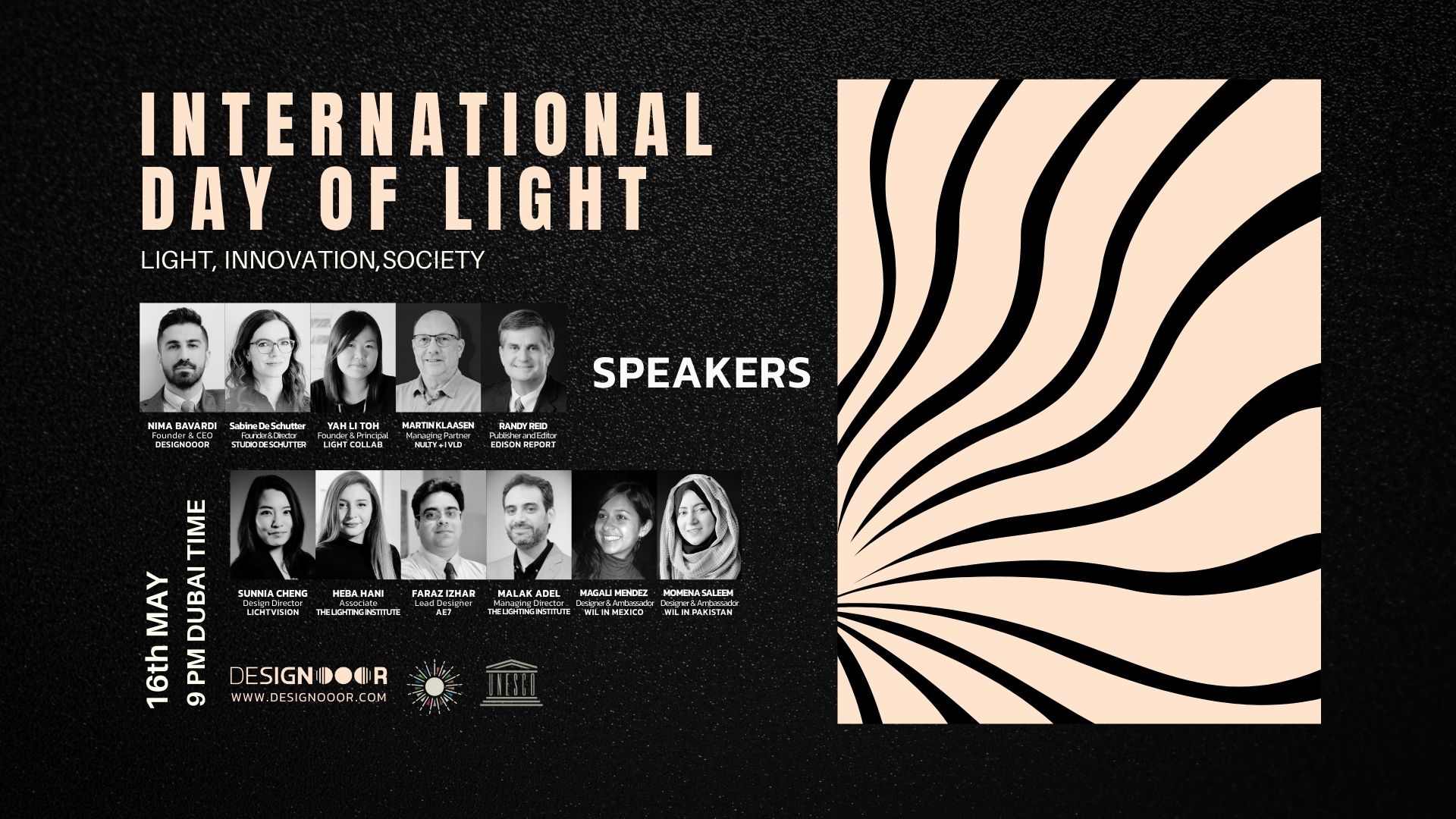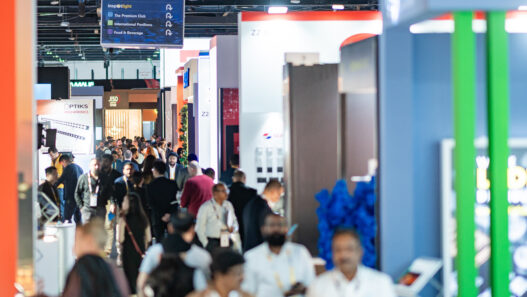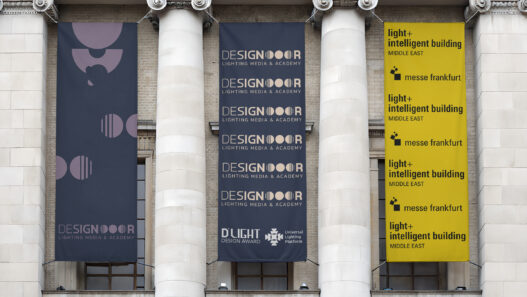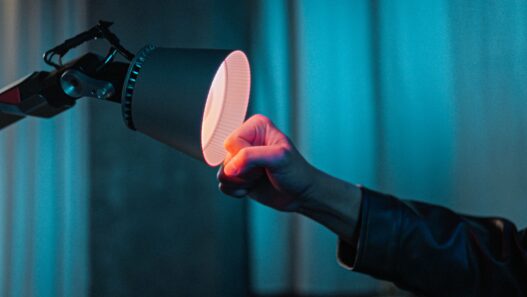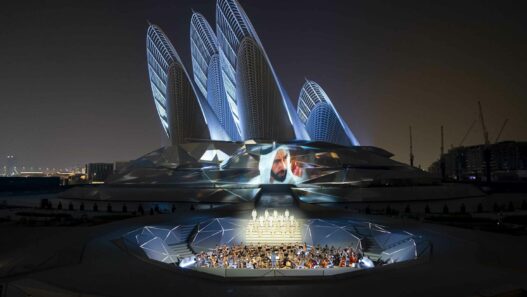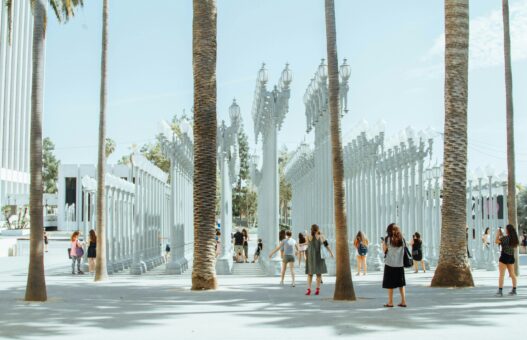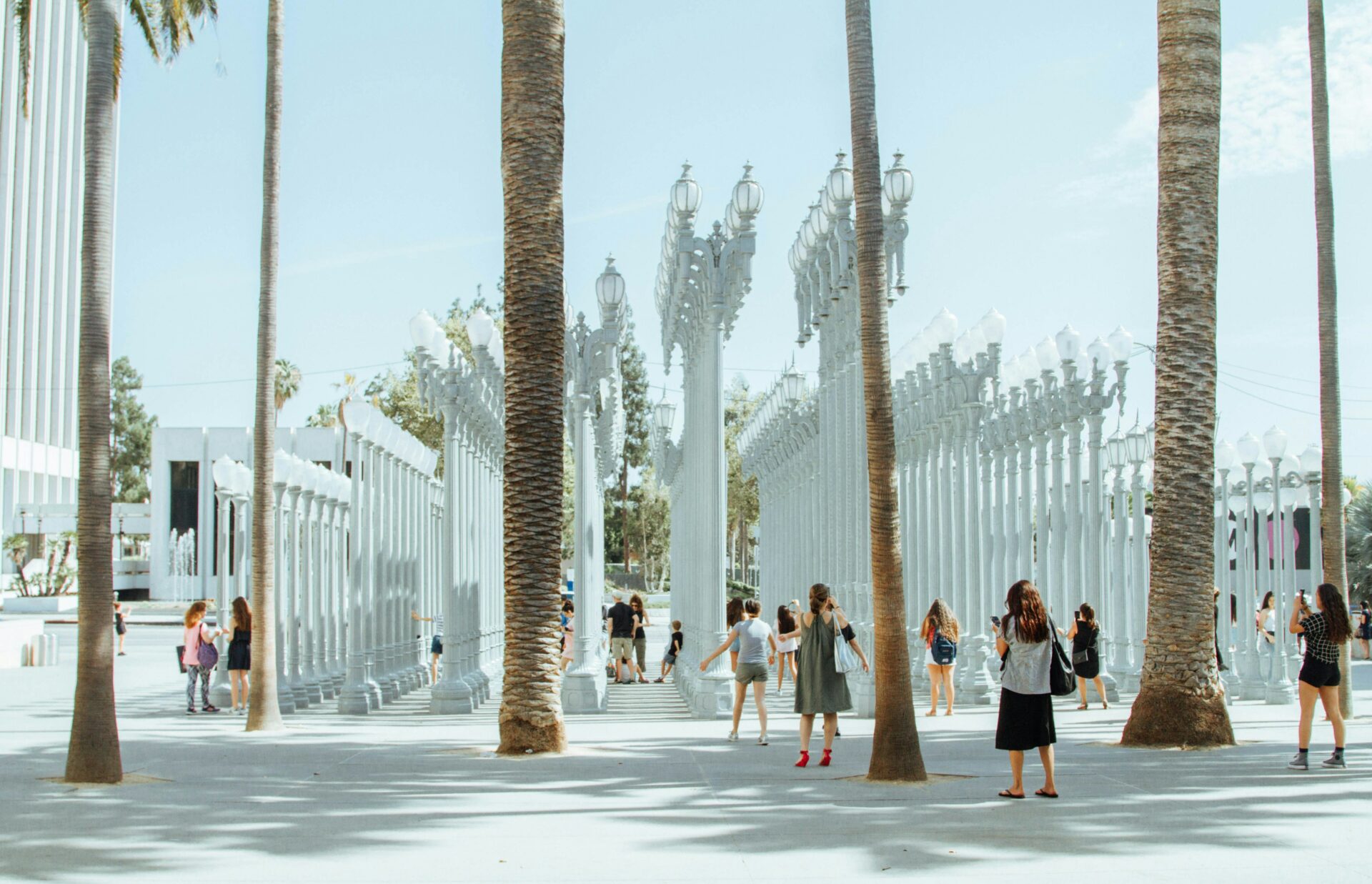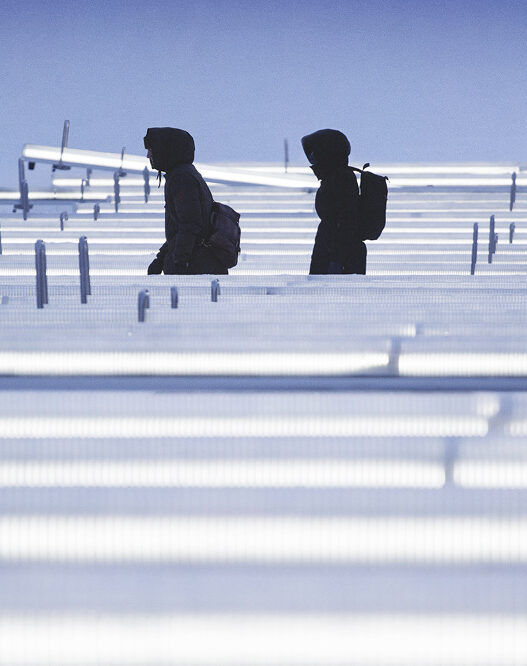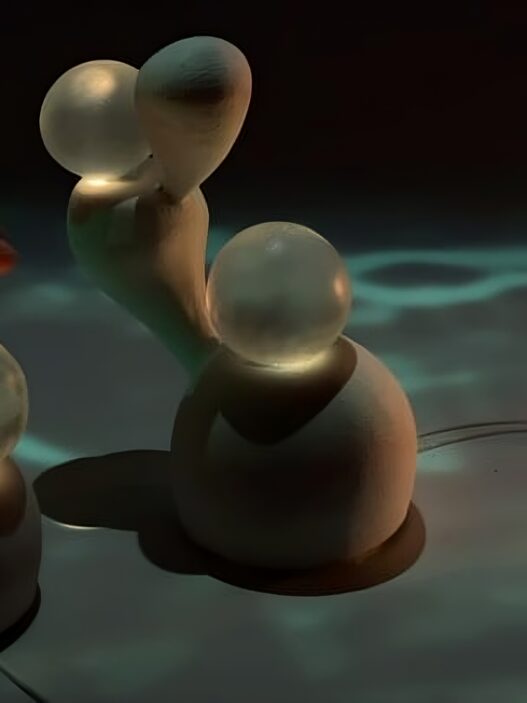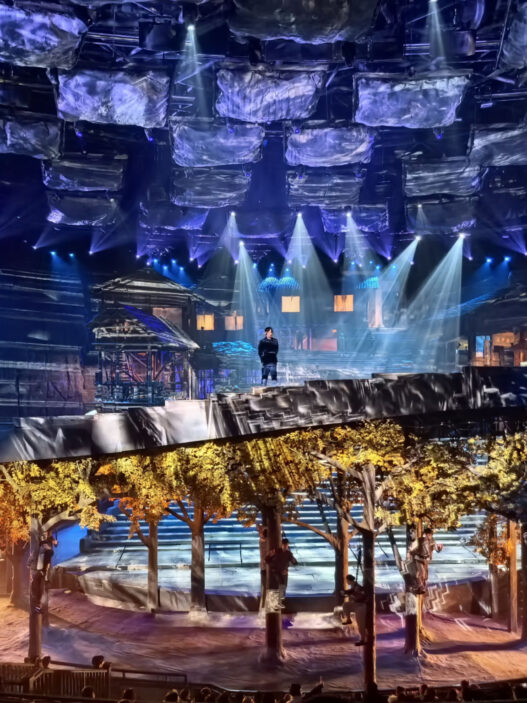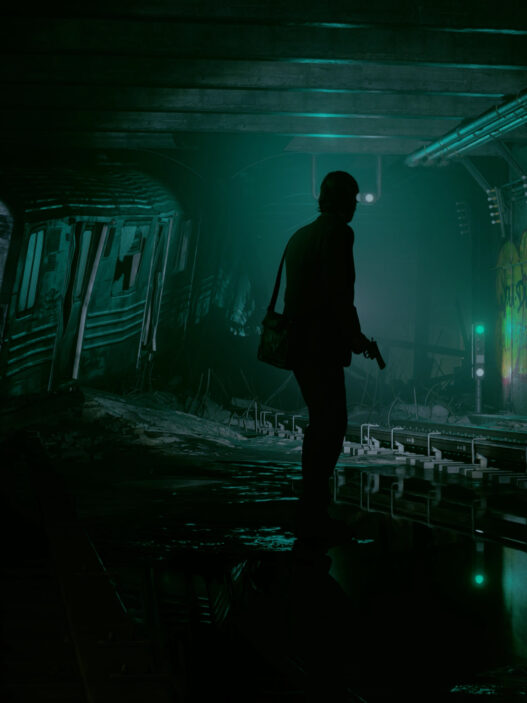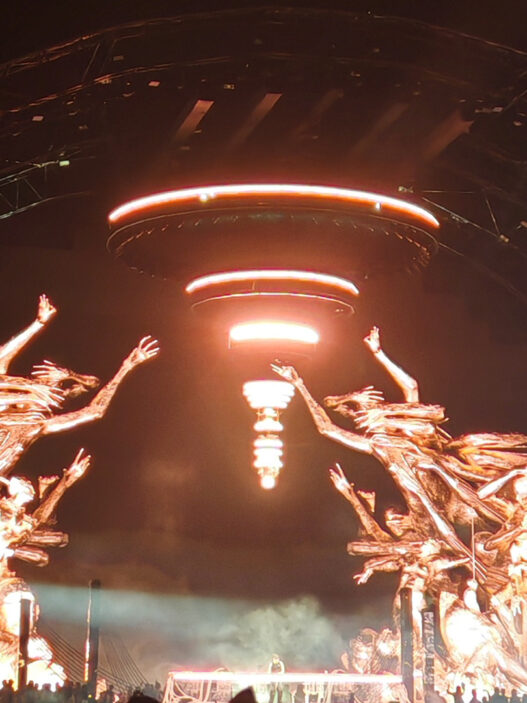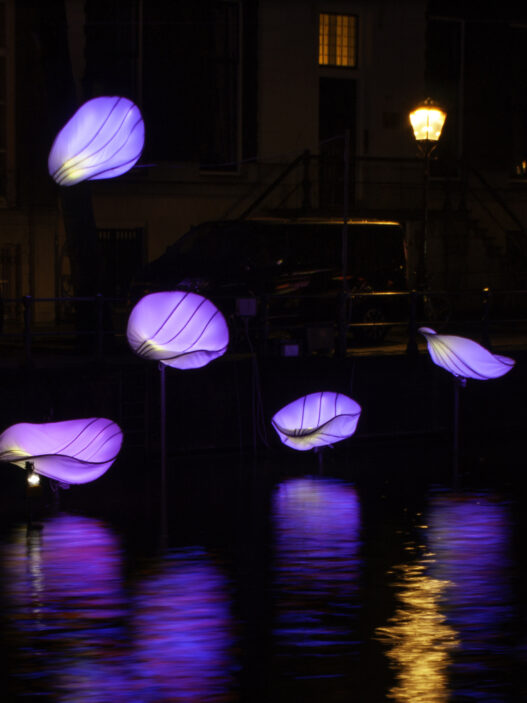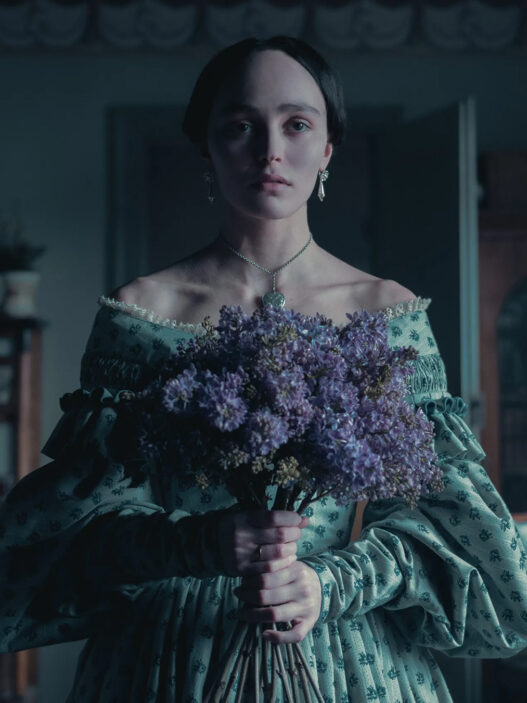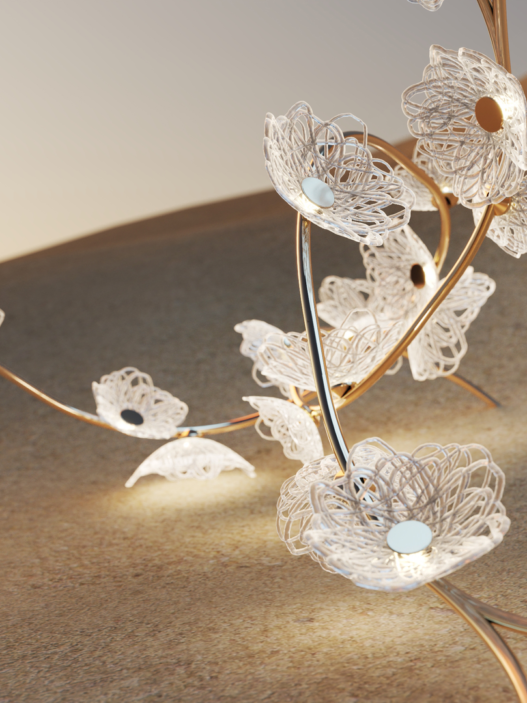Urban Light as Hope
When we talk about Chris Burden, an artist who would do anything for his art, the first thing that probably comes to mind is a striking image of radiant lights glowing in the night, lights that are part of the collective memory of Southern Californians in the 1920s and 1930s. Perhaps it is a forest of light, tall and sheltering like pine trees, serving as a refuge for all living beings.
But Burden’s legacy is not only built on light and serenity, it is equally tied to risk, pain, and acts of radical endurance. An artist who shot himself with a .22-caliber rifle in order to understand the pain of people who were shot in America and the Vietnam War (Shoot, 1971), or who locked himself inside a 2 ft ×2 ft ×3 ft locker for five days with just 2 containers at the top for water and another one at the bottom for urine (Five Day Locker Piece, 1971), or rolled over broken glass, or staged a performance he describes in this way:
“At 6 p.m. I stood in the doorway of my studio facing the Venice boardwalk. A few spectators watched as I pushed two live electric wires into my chest. The wires crossed and exploded, burning me but saving me from electrocution.” (Doorway to Heaven, 1973)
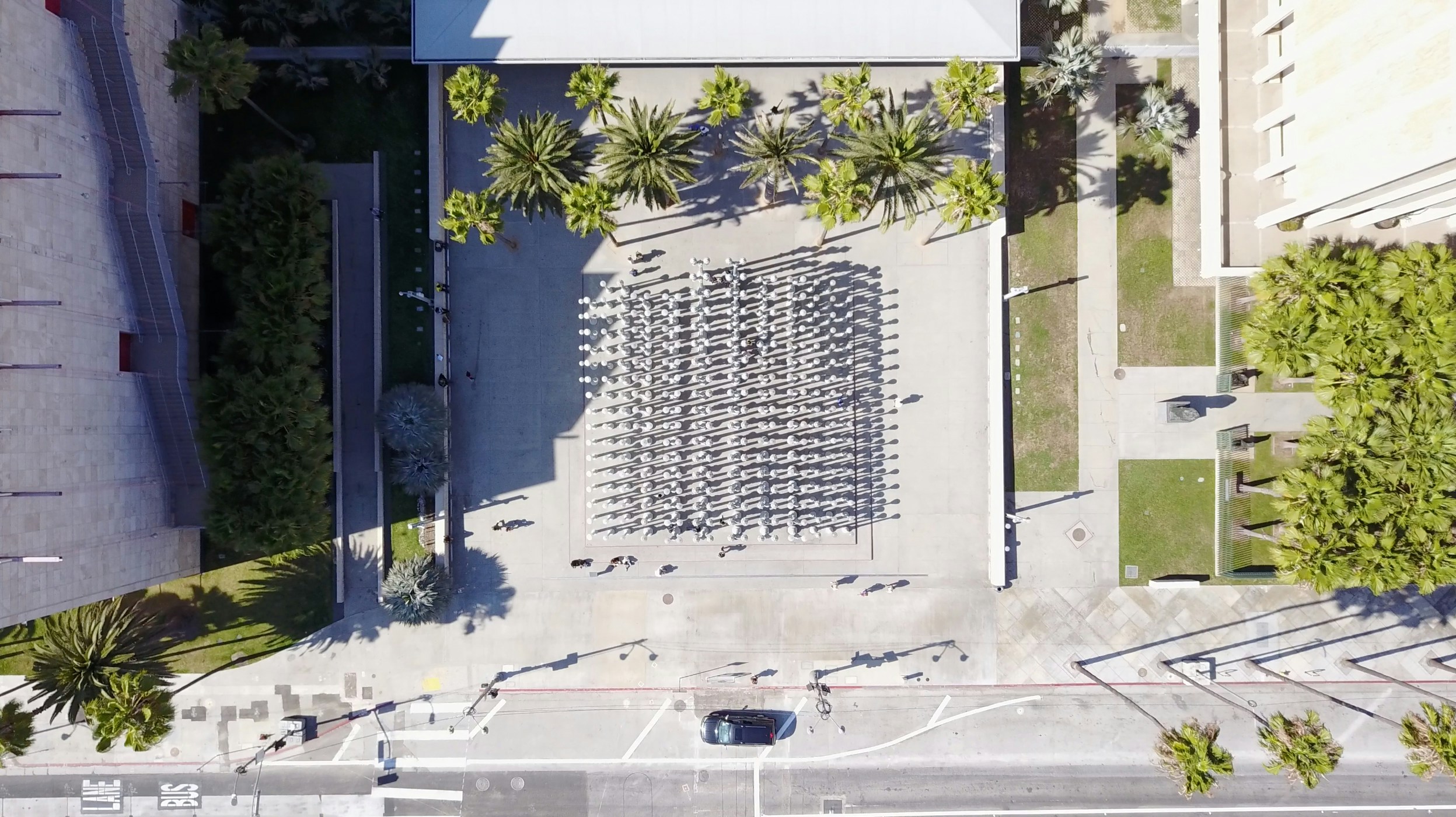
From an artist with such a background, it is not surprising to expect the dream of time travel, a dream he realized with his work Urban Light. A large-scale sculpture measuring 320.5 × 686.5 × 704.5 inches, standing in front of the Los Angeles County Museum of Art. A collection of 202 antique street lamps, repeated and lined up like toy soldiers, which he had gathered from Southern California during the 1920s and 1930s. The lamps, in 16 different designs, are representative of the various neighborhoods of Southern California. They appear in three forms, round, acorn-shaped, and conical. Mounted on gray columns assembled architecturally, their order and arrangement recalling the history and architecture of ancient Greece and Rome. They recall the temples of the ancient gods, which here have been transformed into a Los Angeles temple. One that, fittingly, is built with local materials.
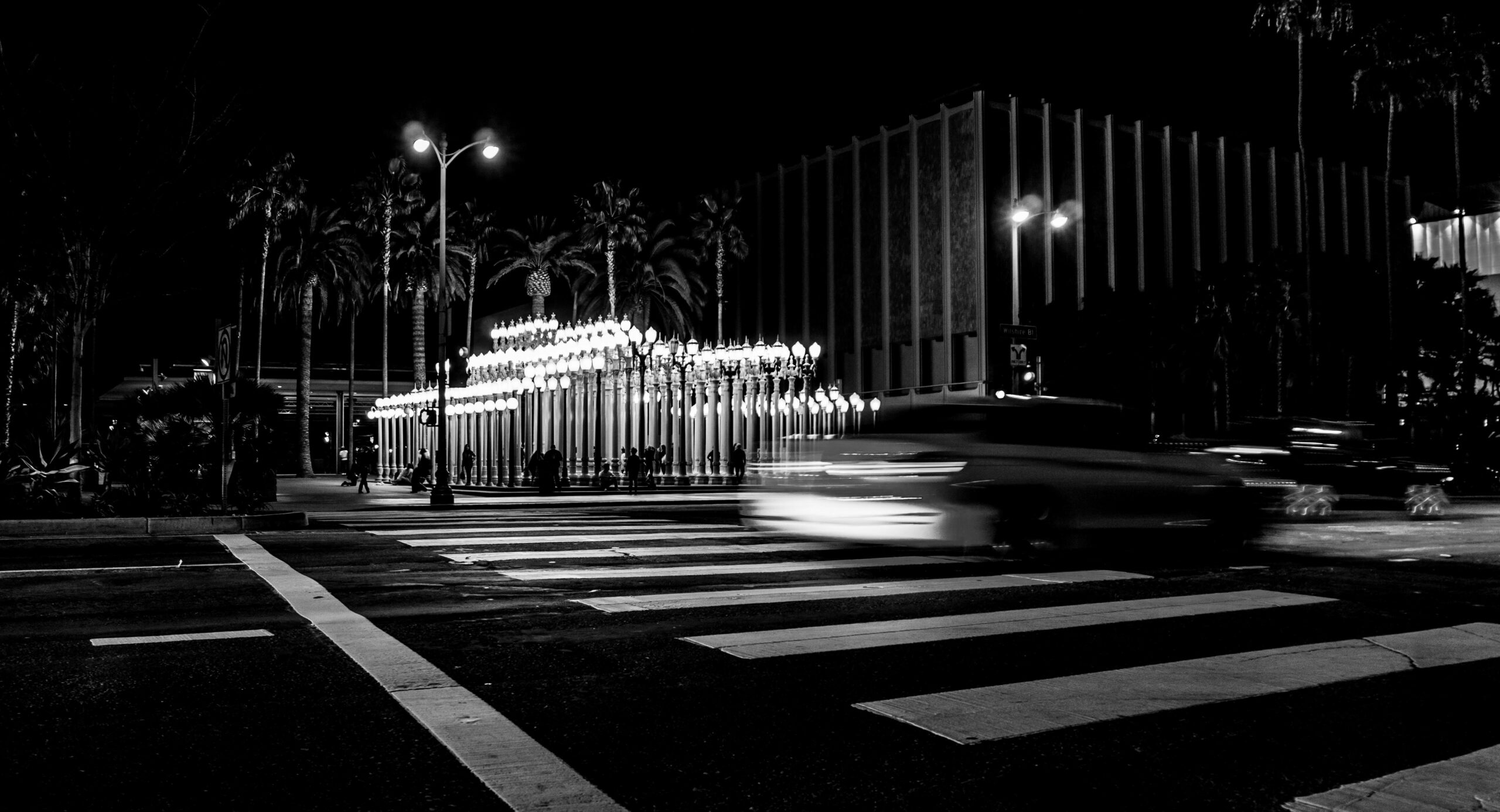
The lamps of this collection are lit every day at sunset and remain on until dawn. A place that is called the unofficial symbol of Los Angeles becomes a light for life in the heart of darkness. At the very moment of the confrontation between ugliness and beauty, this work becomes a safe refuge in the depths of darkness. As he himself said: “I wanted to put the miracle back in the Miracle Mile.”
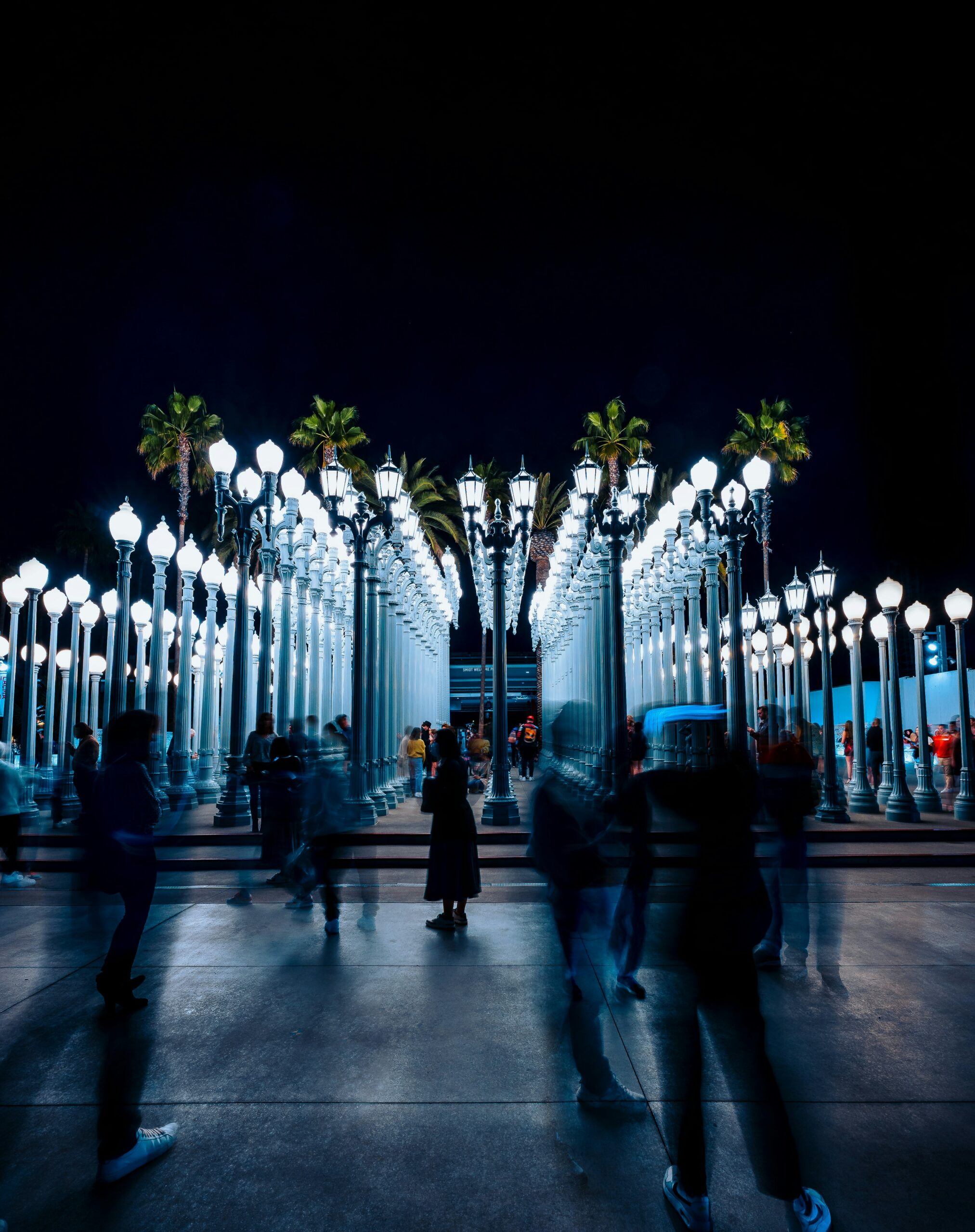
This work has, to some extent, altered the audience’s experience of urban space, like an obstacle in the path that inevitably draws the viewer in, whether they intend it or not. At the same time, when this piece is placed alongside the artist’s other works, one can clearly see the contrast in experience. His earlier works were bound up with pain, risk, and provocation. This contrast in Urban Light guides the audience instead toward illumination and brightness, symbols of purity and a positive experience of both the artwork and urban life .
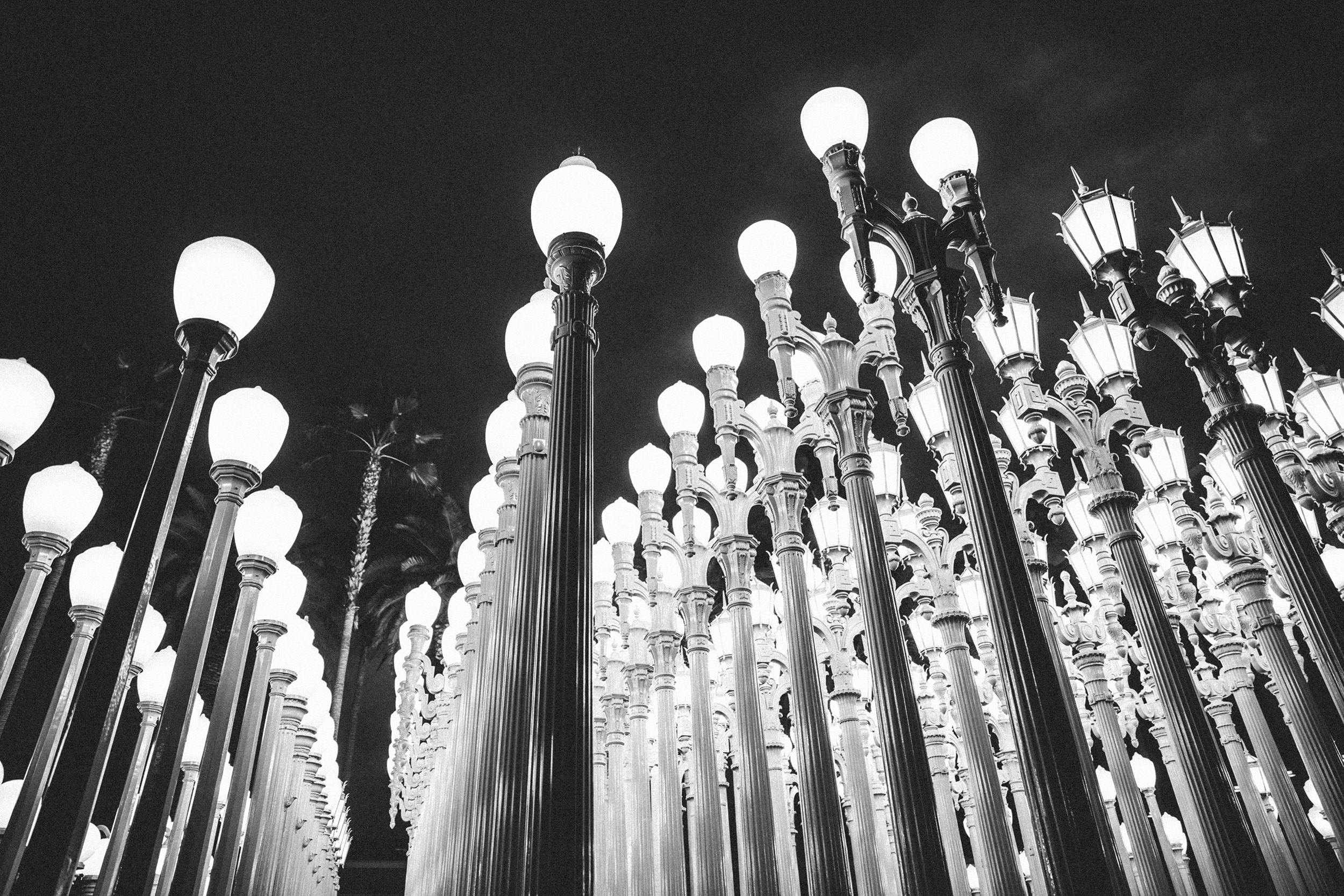
streets, no alleys, no buildings, but light, it is the brightness that remains. Some critics view this piece as a bridge between memory, nostalgia, and the identity of the city of Los Angeles, while others regard it as a delightful, dreamlike, and poetic encounter with the city’s past. In any case, what both critics and the artist agree upon is that it offers a pleasant, distinctive, yet familiar experience of Los Angeles .
